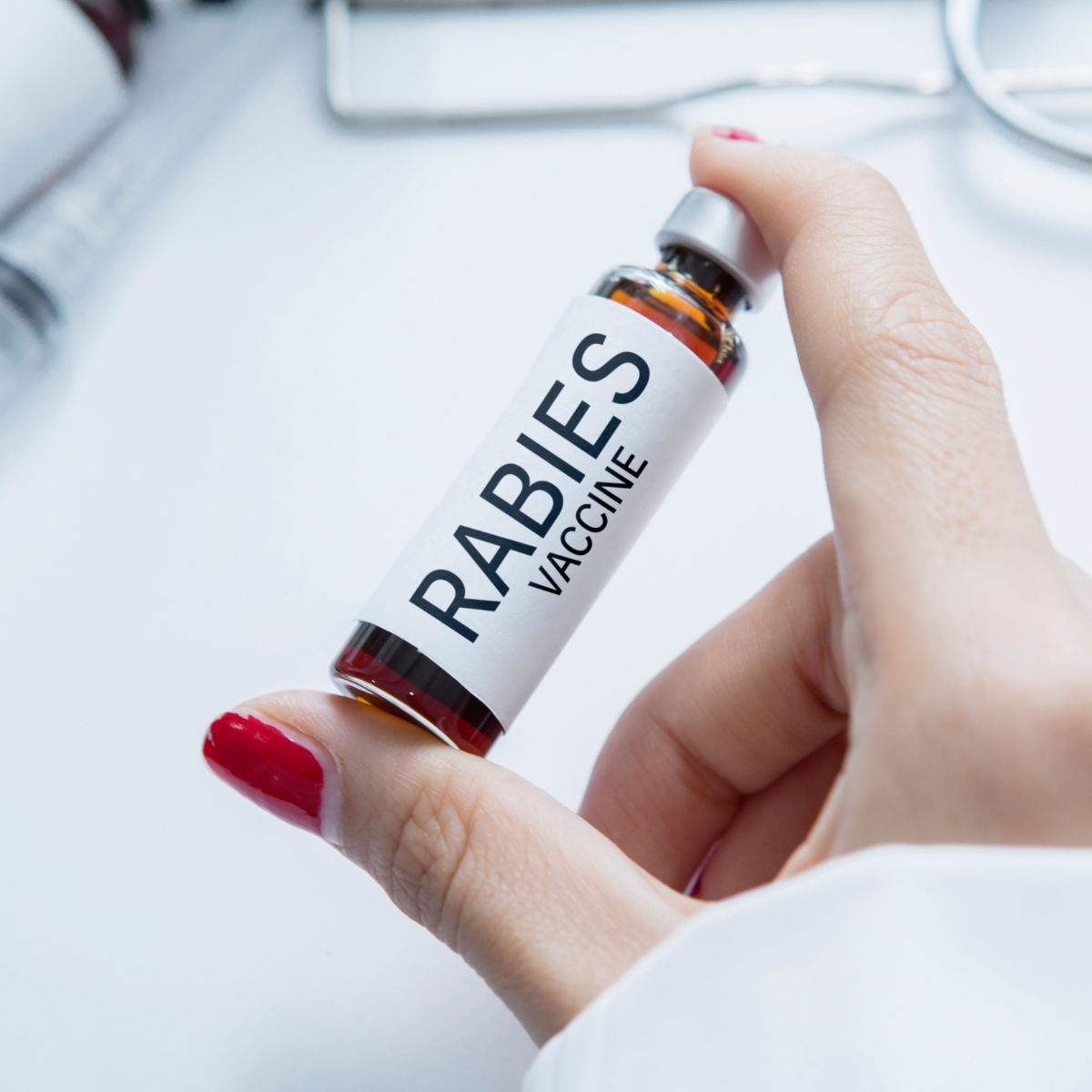12 Rabies Facts Everyone Should Know
While rabies has vastly declined in the United States, it is still important to be educated on the facts so that you can your family will be safe. Here are 12 rabies facts that you need to know in order to ensure that you and your pets will be rabies free!
1. Worldwide, Dogs are the #1 Carrier
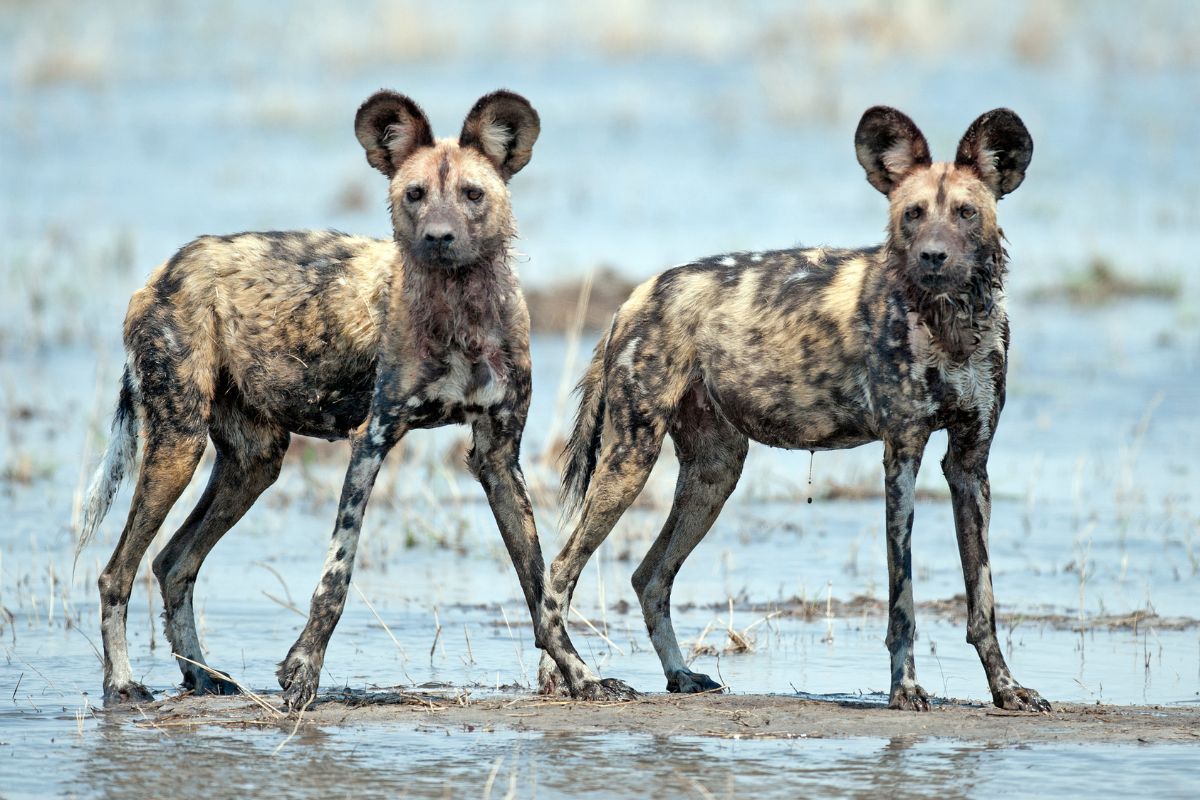
Dogs are the leading cause of rabies-related deaths worldwide, contributing to 99% of rabies deaths. This is why it is so important to stay up-to-date on our pets’ vaccinations.
2. In the United States, Bats Come in First
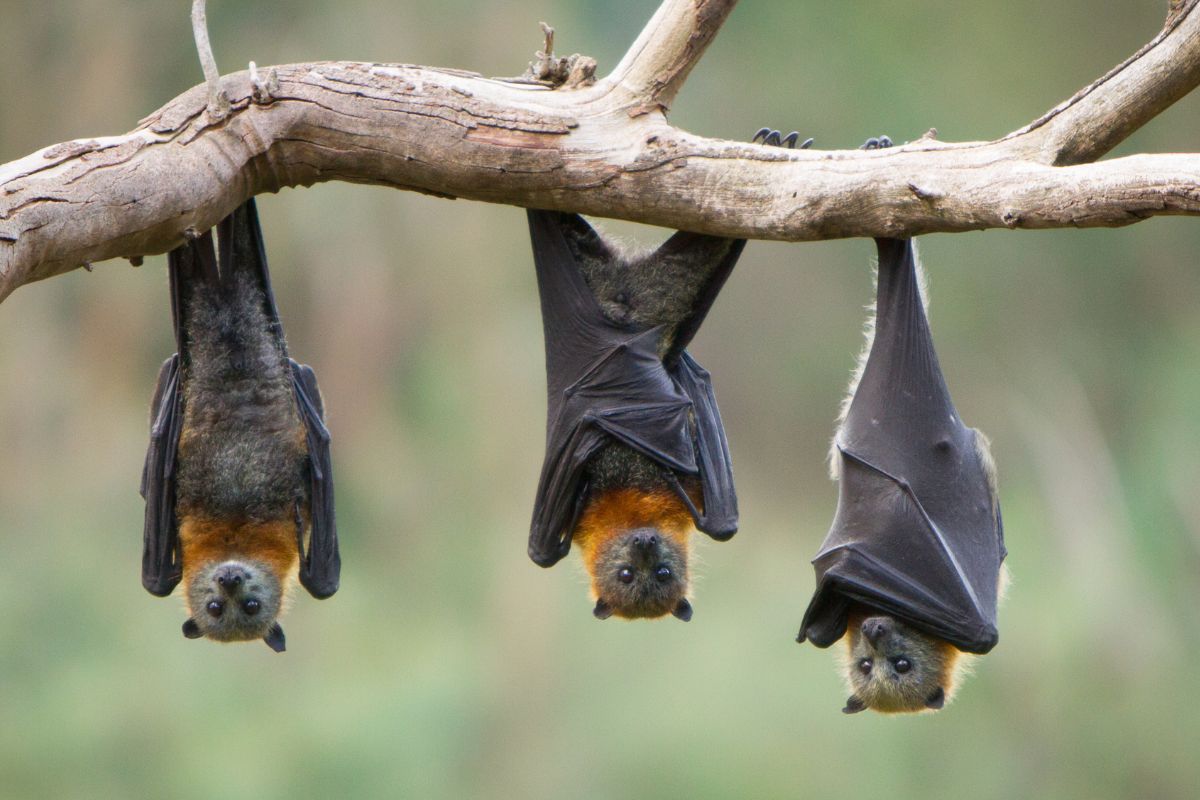
Thanks to vaccinations, in the United States, it is rare to contract rabies from a dog. The leading cause of rabies in humans in the U.S. is bats, contributing to 7 out of 10 rabies deaths. However, it is important to note that less than one-half of one percent of bats in North America carry rabies.
3. Other Vector Animals
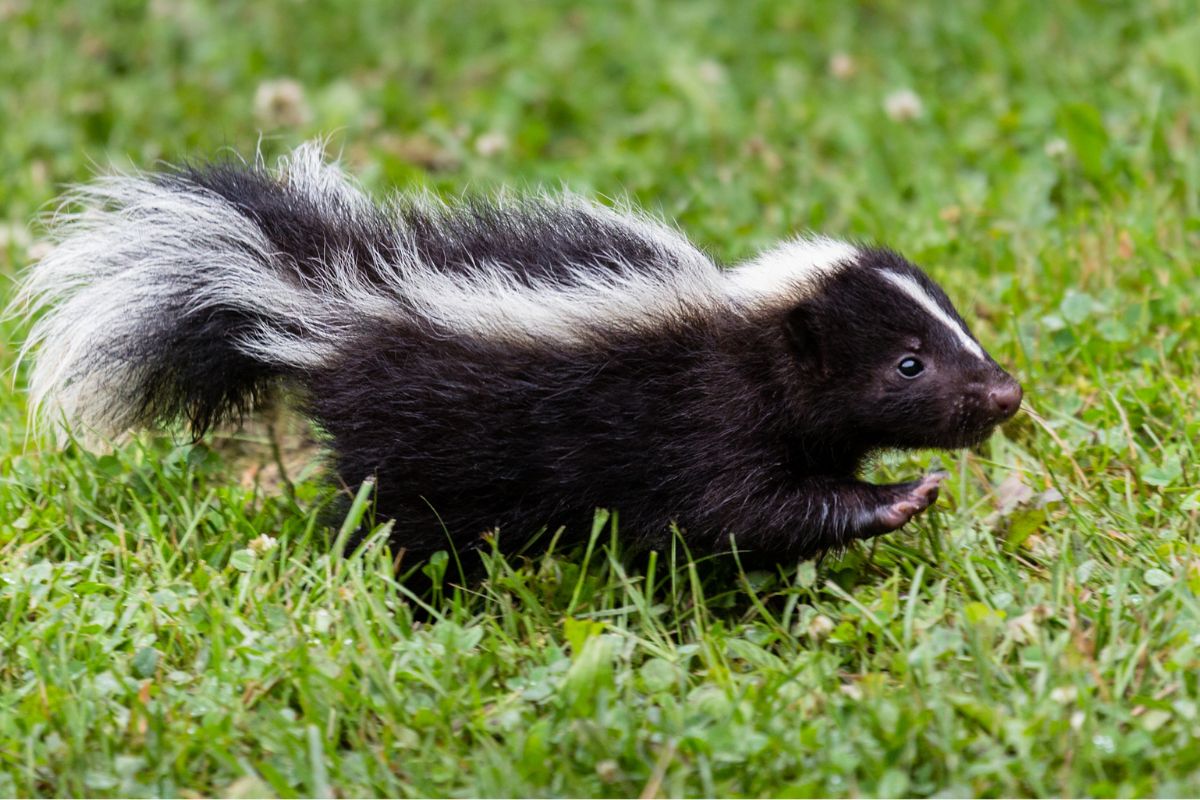
Besides bats, common animal vectors in North America include foxes, raccoons, skunks, and coyotes. Groundhogs are also considered to be vectors in some states. Amazingly enough, bites from rodents are not known to transmit rabies.
4. How Rabies is Transmitted
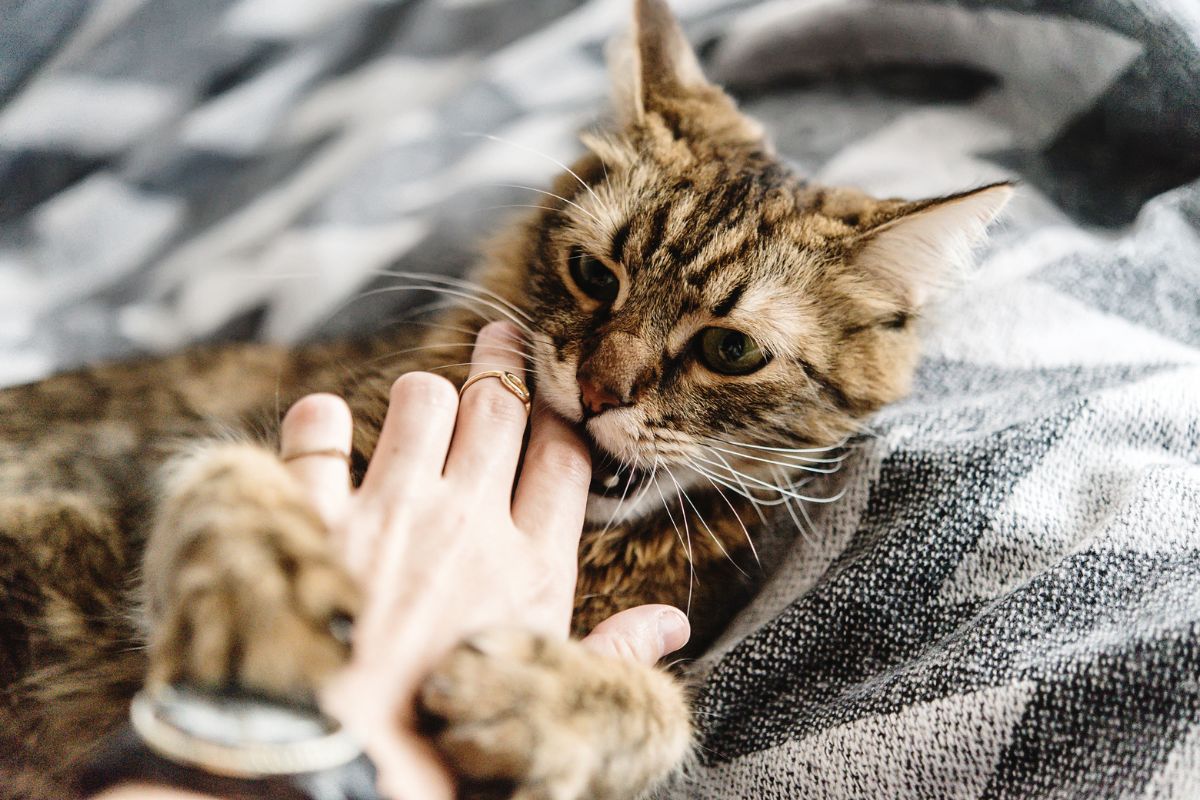
Rabies is transmitted through an infected mammal’s saliva or brain tissue coming in contact with a healthy mammal’s eyes, mouth, or an open wound. This happens most commonly through a deep bite or scratch. Aerosol transmission has been recorded but is extremely rare. Human-to-human transmission through a bite or scratch has never been recorded.
5. Signs of Rabies in Animals

It can be tricky to diagnose a rabid animal as most of the signs of rabies can be symptoms of other diseases, but here are some common signs. A rabid animal may appear agitated, bite at imaginary and real objects, drool excessively, and show no fear of humans. They may also show signs of partial paralysis, appear to be drunk, be hurting themselves, or display general disorientation. On the opposite end, a rabid animal could be unusually docile.
6. What To Do if There’s a Chance You’ve Been Exposed
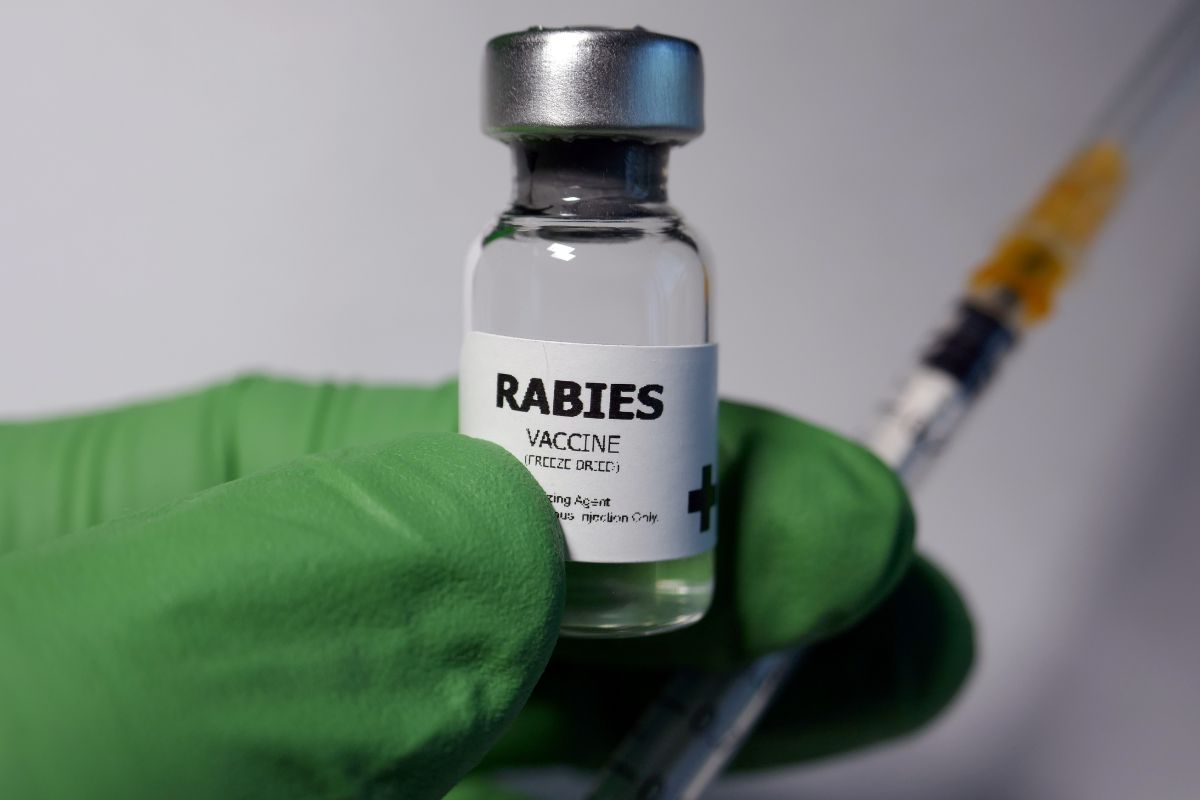
Post-exposure prophylaxis (PEP) is the procedure for protecting yourself after a rabies exposure or possible exposure. The first step is to wash the wound for at least 15 minutes. Then, you must get a rabies vaccine and, depending on the type of exposure, you may need to start a a round of rabies antibodies.
7. Educating Kids About Rabies
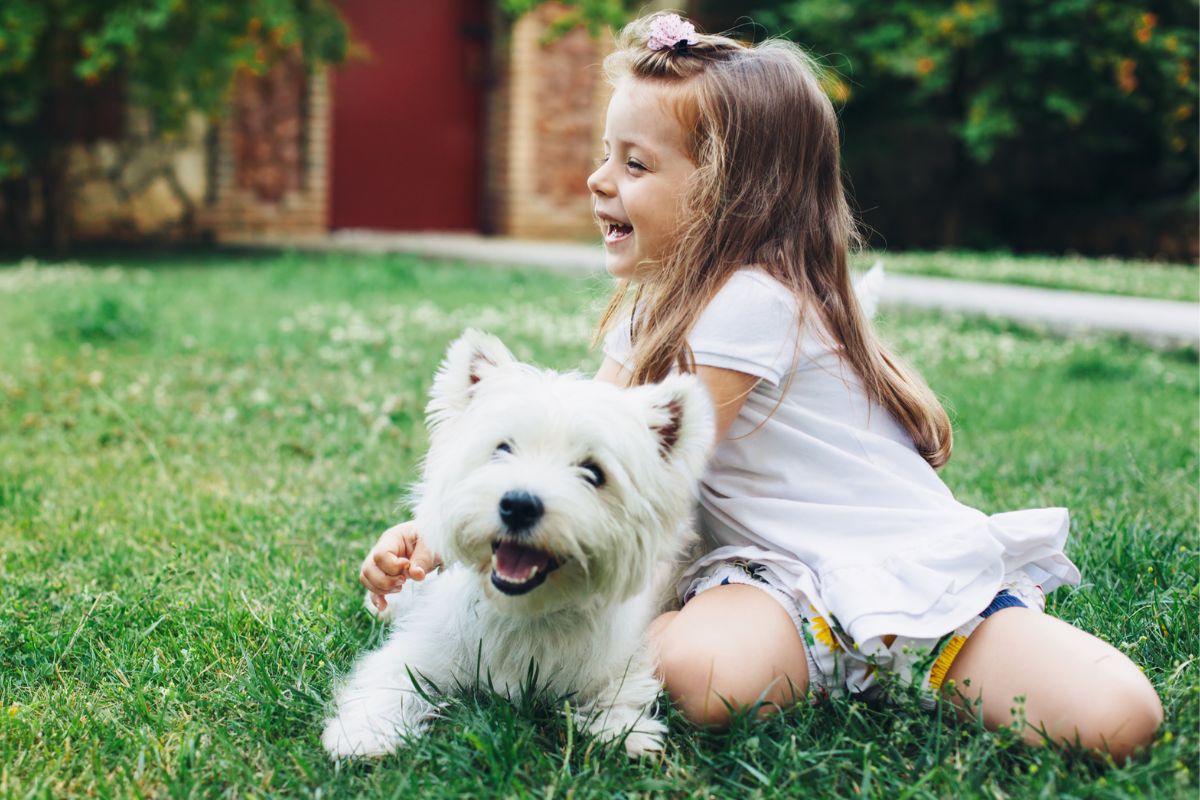
Keep an eye on your kids. Worldwide, children between the ages of 5 and 14 are the most frequent victims of rabies. Make sure that your kiddos know the importance of leaving wild animals alone and also how to spot rabies. While it is rare to come across a rabid dog in the USA, it is still possible. Educate your children.
8. Avoid Contact with Wildlife
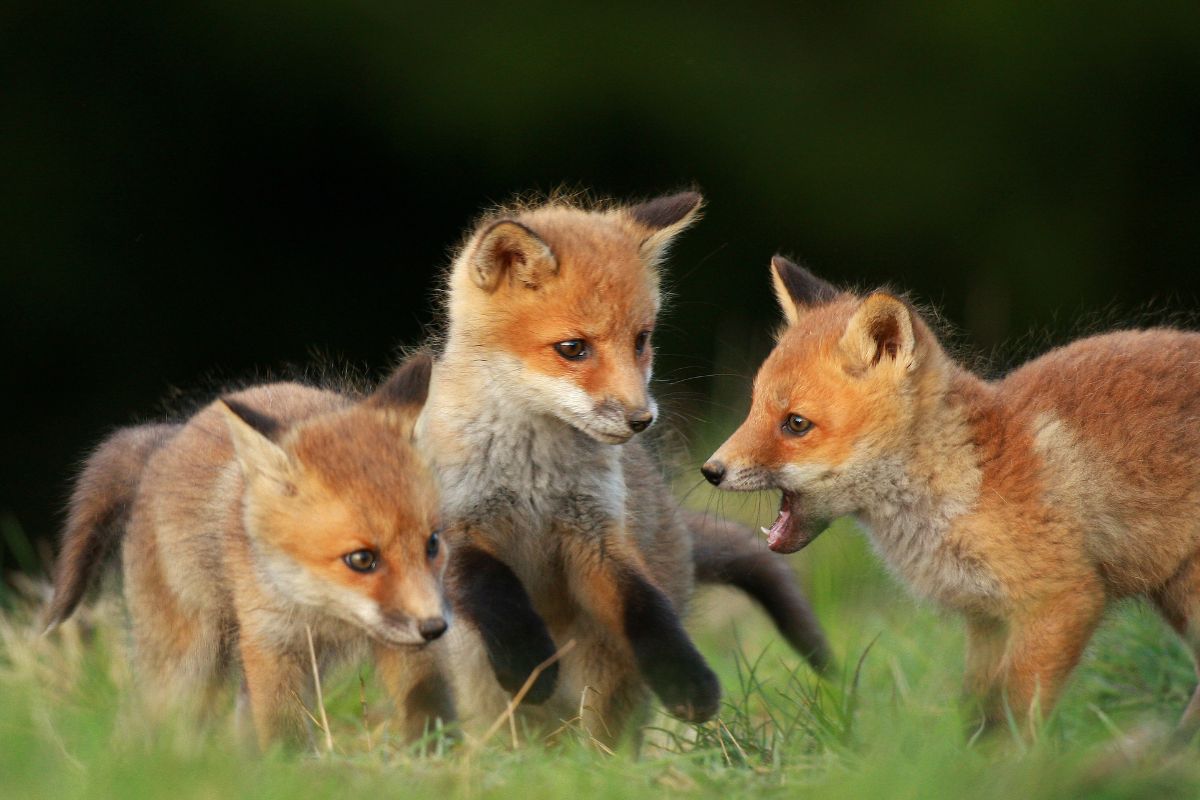
It’s great to watch and enjoy wildlife from a distance, but avoid getting up close. Thanks to mass vaccination programs, dogs are not so much of a threat in the U.S.A. (although they are the largest threat worldwide), but wild animals absolutely are. Respect nature by giving it space.
9. Symptoms Can Vary

Rabies symptoms are variable, and, as already stated, can mimic other diseases. An animal may show no symptoms at all. You cannot tell if an animal has rabies just by looking at them. This is why it is so important to take precautions: vaccinate your pets, and practice PEP if you have possibly been exposed.
10. Opossums and Rabies

Opossums carry rabies, but are somehow resistant to it. They are amazing actors. Drooling, hissing, and swaying are normal behaviors for them and they use this to their advantage. Because these can be warning signs for rabies, opossums use these behaviors to scare away predators. When a potential predator sees these “signs,” their instincts tell them to steer clear, and the opossums are protected.
11. Rabies is Fatal

Yes, rabies is a fatal disease, and it is almost certainly fatal once symptoms show up. This is why it is important to be serious about it. But hope is not lost.
12. Prevention is Key
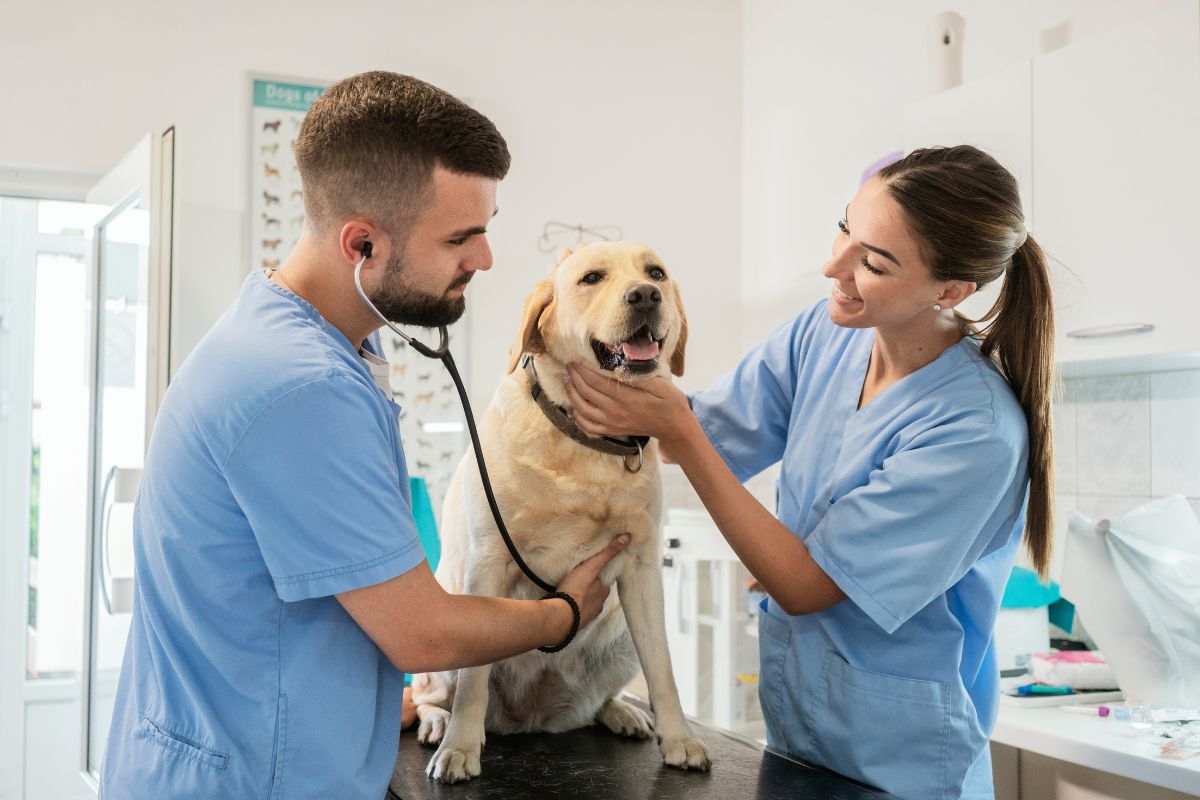
Thanks to vaccines and PEP, the United States has seen a drastic decrease in rabies-related human deaths in the last century. Once, rabies effected 100 people yearly. Now, we see only 1-2 humans cases per year. In the last 10 years, there have only been 28 rabies deaths in humans in the United States. Most of these were bat bites, and the victims didn’t even know that they had been bitten. This is why it is important to take immediate precautions at even a hint of exposure.
Education is power, and knowing the signs and how to protect yourself are what will keep you safe from rabies. Vaccinate your pets, respect wildlife, and immediately start PEP if you are exposed, and all will be well!
Sources: World Health Organization, Centers for Disease Control, citywildlife.org

